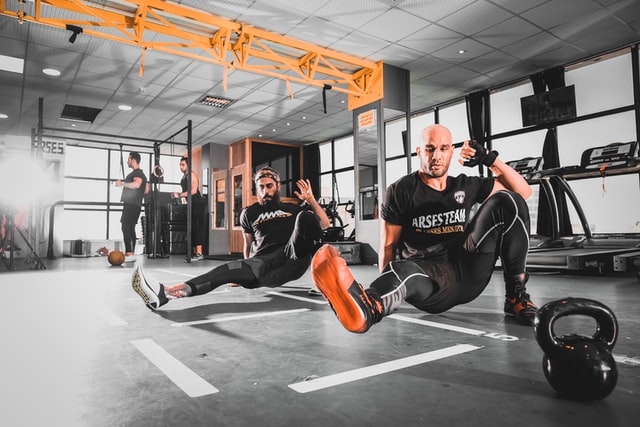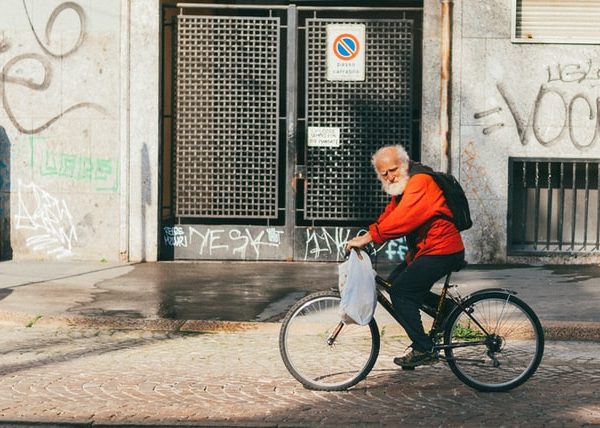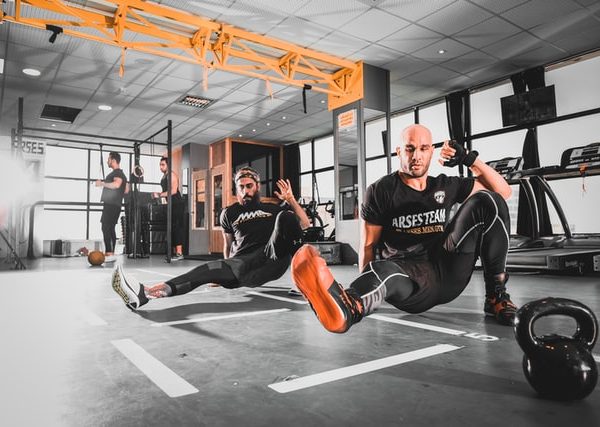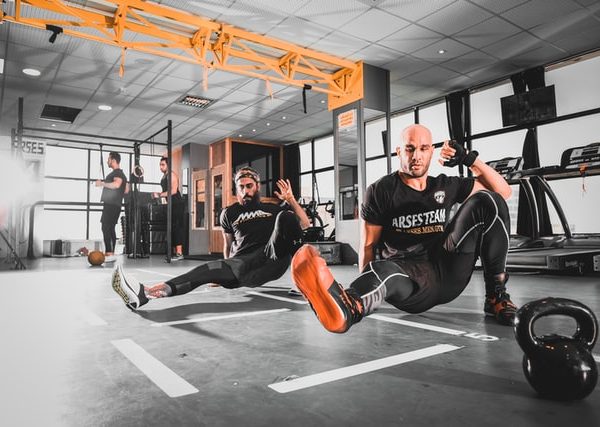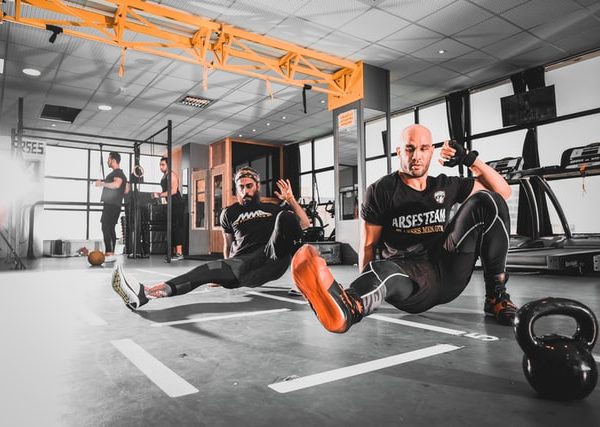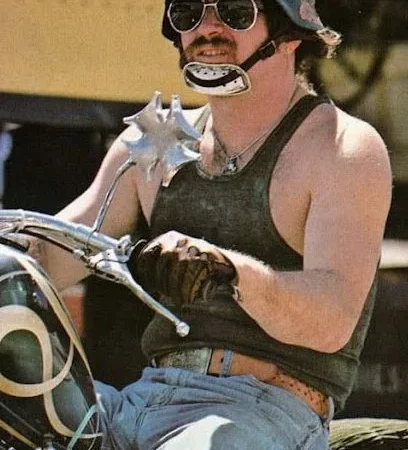The 8 exercises to improve your coordination on the motorcycle – bikerbuys.com
Table of Contents
- Your problem is that you have no coordination
- Coordination is not an innate gift
- Why good coordination changes everything
- Your mind must be agile on the bike
- Your new obsession: performing all the movements without stopping to think about them
- The 8 exercises to improve your coordination
Your problem is that you have no coordination
What do jugglers and pilots have in common? If you take three oranges and put them to circulate in the air, you will most likely hold the movement for a few seconds until one of them falls to the ground. And no, keeping the oranges in the air for three seconds is not coordination;
What makes jugglers special is that they can keep the oranges moving for as long as they want. Why? Because they are able to disconnect their mind from their hands; they have automated the acrobatic movement and can pay their attention to the show, interacting with other characters in the scene or making jokes, for example.
The elite driver’s coach told us this way in this interview about the ideal physical preparation of the pilot.

True coordination is having your movements automated so that your mind doesn’t have to be thinking about them. This is what the pilot has to aspire to.
We are clear about it and that is why a part of our pilot training program works on this important quality.
Coordination is not an innate gift
Think about it for a moment: how many times have you heard someone say “I’m very clumsy” or “I lack coordination” and assume that phrase as a sentence? As if coordination were determined in the genes at birth and it was something immovable. That idea is not true since coordination is a physical quality. Don’t let your mind convince you that you are a mediocre pilot by not having “innate gifts”. Because if you are not training to improve, you still cannot say that you have peaked as a pilot. Coordination is a physical quality that you can train and perfect.
Like any other skill, coordination can be practiced with physical exercises designed so that its adaptations materialize later on your driving. If you let me, I will suggest exercises to improve your coordination on the bike.
Why good coordination changes everything
When you are on the motorcycle, your mind works calculating many stimuli at the same time and sending messages to different parts of your body to make the precise movements; One millimeter less or one second more can mean the difference between getting out of step and failing.
Your mind must be agile on the bike
Your mind must be prepared to process all the information that comes from the senses. And that information has to be processed very quickly. Your brain receives information about your position in the stirrups, the touch of the gas, the state of the terrain, the damping of the motorcycle … It receives information about the reliefs of the area, the route ahead, the state of the ground to guess the wheel traction… Your bike speaks to you with sound, it tells you how it is responding, how much it is costing, what it needs. With all these stimuli, how can you also think about the coordination of your movements? Your mind must be agile to provide coordination to your movements. It must be prepared to process all the information that comes from the senses and give a response in the form of movements.
Coordination must be in charge of channeling all this information, transforming it into precision movements.
Coordination is your most important quality, because it allows you to do several movements at the same time without thinking about any of them, and to do them perfectly.
Your new obsession: performing all the movements without stopping to think about them
Your goal to improve your coordination on the motorcycle is to face what you have in front of you with a clear mind. You should not waste time or concentration thinking about the clutch or the curve. Coordination allows you to be a more decisive pilot.
Automating the movements will allow you to focus on your strategy and adapt it to the conditions of each race.
Of course, practicing with the motorcycle for years will help you in the process of integrating coordination. But to multiply your capacity for automation and leave stagnation, you must train with the purpose of improving this quality.
If you include specific coordination training in your physical preparation routines, you can transfer these improvements to the bike.
The 8 exercises to improve your coordination
If you introduce these coordination exercises into your training routine, you will notice improvements in:

- Your ability to automate movements.
- It will increase your concentration.
- Full focus on zone strategy.
- Greater ease and fluidity.
Level 1 – Two movements
The challenge is to coordinate two different movements simultaneously. In this exercise the movement with the rubber is fixed and repetitive, while the other includes the control factor. You must control the boat so that the ball does not escape you.
Another option is to coordinate two equal movements simultaneously, in which you enter the control factor. You can increase the difficulty by making the two balls different so that the bounce is different and you have to calibrate the intensity of the bounce.
Level 2 – Receive the pass
Using an instability platform in which you have to balance, you receive a pass from another partner, having to catch it with the hand that he indicates.
Level 3 – Auto pass
On a platform of instability in equilibrium, you throw a ball against the wall forcing yourself to say the hand (left or right) with which you receive it.
Level 4 – Pass with addition
On the unstable platform in balance you receive the pass from your partner with the hand that he indicates while you add two by two or perform some type of mental game (multiply, say the alphabet, recite a text, sing, etc.).
Level 1 – Odd / Even Straight
Using the coordination ladder, you jump with your feet together to the first square while your partner says an odd or even number. Based on that, the next jump will be to the right (if it is even) or to the left (if it is odd).
Level 2 – Cones adding
By putting colored cones around you, you skip at maximum intensity. While you practice a game of mental skill adding two by two, your partner will tell you the color of the cone that you have to touch with your foot or hand.
Level 3 – Balance with support
On the bike you balance with support on the front wheel to make it easier for you. Your partner will draw colored cones and you will have to say the hand (left or right) and the color of the cone.
Another version is to do it while practicing another type of mental game (add, multiply, alphabet, recite …)
Level 4 – Balance without support
Making balance without support, you will have to stay on the bike. Your partner will be taking out colored cones and you will have to say so.
In the latter case, we found it too difficult to add the hand (left or right) while maintaining balance without support. It is the most pro level!
Put these exercises into practice to improve your coordination and if you have found it useful, support our work, share it on networks to reach many more like you!
Has the article served you? How many of your colleagues might be interested? Share it on your Facebook, twitter or integral and mention the clumsy friend who really needs to train his coordination. Help us improve the physical condition of all off road drivers & fans!

